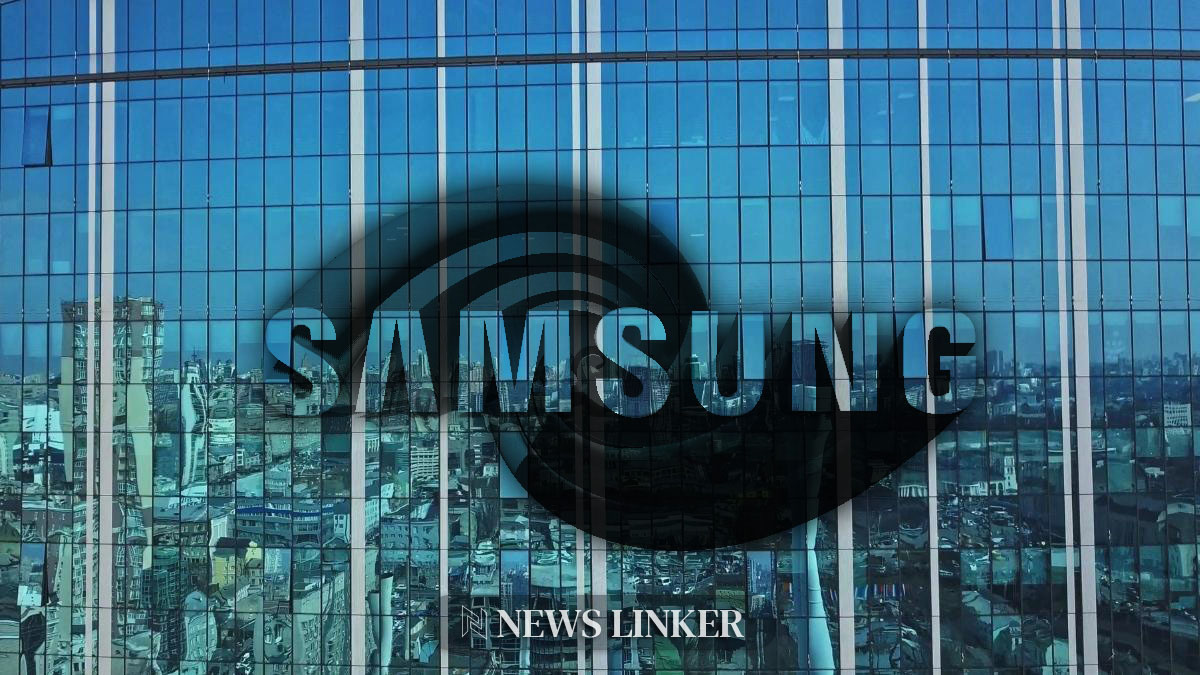Users of the Samsung Galaxy Z Fold 4 have encountered a significant problem with their devices: the hinges are failing, preventing the phone from fully opening. Reports from affected individuals on platforms like Reddit suggest that do-it-yourself fixes are being attempted, albeit these come with risks given the complex and delicate nature of the foldable technology. While the company has incorporated innovative techniques to protect the phone’s interior from particles, it seems this very technology might be the root of the malfunction.
The unfolding saga of foldable phone technology has been marked by persistent issues. In the industry’s race to develop sleeker and more innovative devices, the Galaxy Z Fold series by Samsung has stood out. However, even the most cutting-edge technology is not immune to flaws. History has seen the Galaxy Z Fold series lauded for its pioneering hinge design, yet the same feature has also been the Achilles’ heel of the devices. Past iterations, prior to the Z Fold 4, have faced scrutiny for their durability and the longevity of the folding mechanism. Now, as new models emerge, the foldable future hangs in the balance with users eager to discern if their investments will stand the test of time and use.
Technology’s Double-Edged Sword
Samsung’s venture into the territory of foldable phones was marked by the introduction of the Sweeper Technology, a feature designed to repel dust and debris using bristle-like structures inspired by the company’s vacuum cleaners. As each successive Galaxy Z Fold and Z Flip model hit the market, this innovation became a standard. Yet, users speculate that the bristles and the adhesive used to secure them may degrade over time, causing more harm than good to the hinge mechanism. This has led to a growing concern among users as they grapple with the reality that the device’s innovation could be its most significant flaw.
In parallel developments, research from other corners of the tech world has shone a light on the general vulnerabilities of foldable phones. An article from “The Verge” named “The Foldable Future: Are We There Yet?” delves into the broader challenges facing foldable devices, examining user expectations versus the current technological capabilities. Another piece, “Foldables Faceoff: Market Growth and Consumer Sentiment,” published by “Android Authority,” offers insights into consumer trends and market responses to folding phones, highlighting the delicate balance between innovation and practicality. These perspectives underscore the broader context of Samsung’s hinge issue, framing it within the ongoing evolution of foldable smartphone technology.
Galaxy Z Fold 4: The Last of Its Kind?
Optimism remains for fans of foldable phones, as early indications suggest that the latest Galaxy Z Fold 5 might have circumvented the hinge problem. Whether Samsung has silently corrected the Sweeper Technology or whether the design has inherently improved is yet to be confirmed. If the Galaxy Z Fold 5 continues to operate without these issues, it may signal that Samsung has taken a step forward in resolving the dilemma, potentially restoring consumer confidence in the durability of their foldable devices.
Time Ticking for Warranty Repairs
For Galaxy Z Fold 4 owners, time is of the essence. With two-year warranties approaching expiration in certain markets, individuals are urged to seek repair or consider trade-in options. The looming deadline adds pressure to a situation already complicated by technical uncertainties and the potential costs of fixing or replacing a premium device. Samsung’s next moves could be critical in determining the fate of not only the Galaxy Z Fold 4 but the future of foldable phones as a whole.
As someone who has followed the trajectory of foldable technology, I find the hinge issue with the Galaxy Z Fold 4 particularly disheartening. The innovation that was once a selling point may now be a liability. For those considering a foldable device, my advice is to weigh the novelty against the practicality and to stay informed on the latest developments and solutions offered by manufacturers. The technology is still in its relative infancy, and patience may be required as the industry refines these devices to meet consumer expectations fully.










